Although 2011 has left us, it would instructive to learn some of the significant scientific discoveries and events that occurred in that year. The following article sums up the monthly discoveries and events.
2011 IN SCIENCE
By Mihai Andrei, ZME Science, 8 January 2012.
For science, it was absolutely fantastic, and some mind blowing discoveries were made, including earth-like planets, the hunt for the Higgs boson, fight against cancer, earthquakes, and many, many more. Here’s just a quick sum up of the things that have passed since the 1st of January 2011.
January 2011 – The End of the World, First Kepler Discoveries, Dinosaurs and Supernovas
The whole year started with the media blabber about the Maya calendar and the world ending in 2012; this forced NASA to come out and make a statement that none of this is true, and they declared ’2012' the most absurd science-fiction movie ever – but that still didn’t convince some, who continued to believe that some comet, rogue planet, or whatever will bring doom across the entire planet.
T-Rex
T-Rex’s reputation as a hunter was restored, with conclusive findings showing that he wasn’t a scavenger.
Also on palaeontology, researchers found clear evidence that massive volcanic eruptions took place 250 million years ago caused the biggest extinction our planet has ever faced – the Permian–Triassic extinction event.
Artist's concept of Kepler-10b
In space, a small rocky exoplanet named Kepler-10b was found; perhaps it didn’t attract very much attention at first, but it was only a sign of other things to come from the Kepler telescope.
Also, as the number of Internet users reached 2 billion, the online community spread rumours of Betelgeuse (a massive star) going supernova and threatening our planet – claims which were, again, proved wrong by the scientific community.
February 2011 – A Solar Flare, Artificial Intelligence and Diseases
Solar flares were a hot topic in February, with one threatening us and causing some disturbance, but we got out of it pretty good. Meanwhile, the people at NASA found that there are over 50 billion planets in the Milky Way galaxy alone! Now that’s a number! The search for Kepler planets continued.
Meanwhile, significant development was made in Artificial Intelligence, as the Watson supercomputer beat the two best contestants ever at Jeopardy.
Watson supercomputer
Also, quantum computers seemed one step closer, after some fascinating research done by the Oxford University.
Quantum computers
Seismic activity seemed to be intensifying, as a significant earthquake struck Chile and geologists announced that Los Angeles is way overdue for a ‘big one’.
While cholera and polio continued to spread from Haiti, there was some good news regarding a breakthrough in the Universal flu vaccine.
March 2011 – One of the Biggest Earthquakes in History, Cold Stars, and Goats
Facebook depression
March seemed to have some bad signs right from beginning, as children started suffering from what can only be described as ‘facebook depression‘, and a new virus which appeared in China had incredibly high mortality rates.
Infected ticks that passed the deadly China virus
But by far, the biggest event in March was the 9.1 magnitude earthquake that struck Japan; just so you can get an idea, the magnitude scale is logarithmic – a 9 earthquake is 10 times stronger than an 8 earthquake, 100 times stronger than 7, and so on. Even though the area is often struck by earthquakes, one of this magnitude was extremely unlikely – a once in 1000 years chance. This dramatic earthquake (the 4th biggest ever) caused some huge tsunamis as well, with a height of over 10 meters. As if this wasn’t enough in itself, these natural disasters caused a huge problem at the Fukushima power plant, with radiation levels at over 1000 times over the accepted ones. However, Japan handled the whole situation brilliantly, perhaps better than any other country could have. Despite the gravity of this disaster, the country moved on, in an admirable fashion – and so did the rest of the world.
Japan earthquake
Firefox 4 was launched in March, paving the way for a surge of new browsers, and hitting a million downloads in mere hours. Astronomers identified the coldest star ever to be found – about as warm as only a cup of coffee, while the Messenger probe entered Mercury’s orbit – the first shuttle ever to do so. Quantum computing continued to be researched intensely.
An artist's impression of the coldest star found so far, CFBDSIR 1458 10b.
A number of studies revealed some pretty interesting things: for example, 1 in 5 British believe that light sabers are real, and only the US and a few exotic undeveloped countries aren’t using the metric system. As for the goats… goats are crazy!
April 2011 – Graphene, Super Resistant Bacteria, and The End of The Space Program
In the aftermath of the big earthquake in Japan, more bad news started crowing up; the US space agency, NASA, announced the beginning of the end for the space shuttle program, as Endeavour took flight for one last time. SETI [Search for Extraterrestrial Intelligence] also shut down due to lack of funding, but that’s not the last we’ll hear from this laudable organization. Also, a team of geophysicists revealed that the plume beneath Yellowstone volcano is much, much larger than previously believed, which means that in the unlikely but possible event of an eruption, America, and the whole world would be in some considerable trouble.
SETI
But not all was bad in the world; a new wonder material was developed: graphene. Made out of one atom thick sheets of carbon, graphene has some absolutely remarkable properties, which promise to revolutionize the world in a similar fashion to plastics. Also, in a landmark decision, Bolivia announced that nature will receive legal rights – taking environmentalism to a whole new level – a level which it deserves.
Graphene
Other interesting studies revealed that a third of Texans believe ancient people lived side by side with dinosaurs (being wrong only by some 67 million years), a quarter of all British people will live to be 100 years old, and some species of bacteria can survive at a gravitational force 400.000 times bigger than normally on Earth – a fabulous number considering that people can only survive a gravity 3-4 times bigger. Also, nostalgics suffered as the world’s last typewriter factory closed.
May 2011 – Antimatter, Habitable Planets and Again, Quantum Computers
Japan continued to recover from the dramatic experience, and searched for alternatives to nuclear energy – and found the solution in renewable sources. The Japanese government plans to make solar panels mandatory for every building. However, the rest of the world didn’t pay so much attention to renewable energy, perhaps due to the fact that 9 out of 10 climate change deniers are linked with Exxon Mobil, one of the largest oil companies in the world.
The search for computing power continued, more intense than ever, and following recent discoveries, people pushed quantum computing even further. Even though the technology is far from reaching even a fraction of its full potential, the world’s first commercial quantum computer, priced at $10 million was announced.
D-Wave, the world’s first commercial quantum computer.
The people at CERN [European Organization for Nuclear Research] started discovering some fabulous things, and they managed to trap atoms of antimatter (antihydrogen) for some 1000 seconds – over 10.000 times more than the previous record. Also in particle physics, researchers managed to break one of the first rules of quantum mechanics, raising even more questions on the matter, by observing light behave as particle and wave at the same time.
But without a doubt, the highlight of this month was the discovery of Gliese 581 G – the first planet that seems to be sufficiently Earth-like to support life. Discussions are still open here, but Gliese stirred the imagination of many – and continues to do so.
Gliese 581 G
Elephants showed us just how amazingly human they can be.
June 2011 – Heavy Elements, Anthropocene and Devil Worms
June started out good for chemistry, as two heavy elements were added into the periodic table of elements. But tension started spreading after it was reported that China, alongside most developed countries, significantly increased its carbon emissions instead of reducing them; researchers announced that a huge disaster, a massive marine extinction is looming. Actually, geologists suggested that we should classify the period we are living in as a new geological time: the anthropocene, considering all the alterations we are making. Geologists kept themselves pretty busy, also figuring out that dinosaurs were about as warm blooded as today’s mammals.
Confirming what stressed out moms from all around the world already knew, whining was proved to be the most annoying sound in the world. Worms showed us just how amazing they can be – the ‘devil worms’, living at 1.3 km beneath ground are deepest living creatures found so far.
Devil Worms
July 2011 – Global Warming, Monkey Prostitutes and Humanity
July was a hot month, and most of us were on vacation – but even though scientists may take vacations, science doesn’t! Some creative biologists managed to teach monkeys the concept of money – and guess what happened just a little later? The first prostitute appeared… I guess that says a lot about our primate way of life...
It was a sad month for space exploration, as the Atlantis space shuttle took its last flight, closing an incredibly successful 30-year space program. Finding a shuttle lost on the Moon in the 60s was a pale consolation. Also in July, ZME Science was proud to hold the Carnival of space!
However, the environment continued to be hurt by human – glaciers continued to melt much faster than anticipated, and oil companies paid some big money to ban environmental laws. But it was a month where Japan’s elders gave a sample of what humanity really means: they offered to clean the extremely dangerous radiation from the Fukushima power plant. “Let the young rebuild Japan, and let the old clean this mess“, they said – an absolutely fantastic gesture, from which the whole world has something to learn.
Glaciers melt in Antarctica
Still, it seems computers are learning more than us nowadays – a computer was able to learn human language just by playing a game.
August 2011 – Space, SETI and Fighting Cancer
Mount Etna, one of the most active and studied volcanoes on the face of the planet started erupting, eruptions which intensified over the course of weeks, but no major damage was done. However, Hurricane Irene wasn’t as gentle – it was so bad it seemed scary even from outer space, from the International Space Station (ISS).
Hurricane Irene from outer space
After a long time, it was a good month for space programs: SETI received enough funds from private donors, which included actress Jodie Foster, and restarted its activity. NASA found images of actual liquid, flowing water on Mars – a remarkable find, and Russia announced the launch of the first space hotel.
Left: Water on Mars. Right: Russia's first space hotel
Meditation turned out to be more powerful than antidepressants and painkillers in pain relief, and a big leap forward was taken in the fight against cancer, with the development of a virus that identified and destroyed cancer cells only.
Other studies reported the fact that good looking people earn much more, on average, than others and disclosed the possible location of King Arthur’s table.
September 2011 – Travelling Faster Than Light, Gold and Pollution
Particles travelling faster than light
The entire world of physics was set ablaze with the announcement that CERN made: particles travelling faster than light – breaking the laws of physics, as we know them now. Of course, numerous tests and reconfirmation attempts emerged, and even though the matter has not been yet clarified, several theories have been proposed, which would explain why this was wrongfully recorded.
Meanwhile, astrophysicists spotted a planet which greatly resembled Earth, ‘only’ 38 light years away and geologists surprisingly found that most of the gold in the crust appeared as a result of meteorite impact.
Dolphins received much attention after it was revealed that they talk just like humans, but the overall picture of the environment looked dire – and continues to look this way. CO2 levels reached record heights, almost all major countries continued to pollute even more, and enormous areas were destroyed for economic purposes (see above picture).
October 2011 – The 7th Billion Person and Private Spaceflight
The most remarkable event that took place in October 2011 was the fact that humanity reached a rather uncomfortable landmark: the 7th billion person was born (although many claim that this actually happened quite a while ago). However, with our planet being able to offer only limited resources, scientists and regular people from all around the world wondered if this dramatic expansion is actually a good thing, and if we are systematically destroying the environment by overpopulating. Some are saying the world is on the brink of an energy crisis, especially since coal plants often do more harm than good. Google, surprisingly or not, offered the US a lot of help, mapping the country’s entire geothermal resources (picture below).
NASA started preparing for private spaceflight, booking seats on the Virgin flights and at the other end, at the bottom of the sea, biologists found huge single celled organisms, which measured up to 10 cm in length! The Tasmanian devil, who is suffering an incredibly steep decline due to a strange infectious disease got a glimpse of hope, and again, quantum computers stepped into the spotlight...
Huge single celled organisms
November 2011 – Flying To Mars, Superhydrophobic Materials and Environment
November was supposed to be a special month, one that would bring Russia to the spotlight with a mission to Mars and beyond – to Phobos actually, one of its two satellites. However, the Phobos-Grunt mission failed badly, as the shuttle got stranded on the Earth’s orbit, where it is even now.
It was a good month for special materials though: this jaw dropping superhydrophobic material was developed, and I really recommend reading that article – you’ll love it. Also, prospective uses for graphene started showing up, and researchers were more and more confident in the material’s properties – as they still are now.
Superhydrophobic spray called NeverWet
Physicists at the LHC [Large Hadron Collider] were running out of places to search for the elusive Higgs boson – they announced that next year they will either find it or prove it doesn’t exist.
Higgs boson
Meanwhile, in a saddening move, Canada backed up from the only existing international environmental protocol, after they increased their gas emissions for several years.
December 2011 – Chemical Elements
Biggest known black hole in the Universe
It was a really good month for astronomy, even though NASA researchers had to come out (again) and state that there will be no doomsday comet or supernova in 2012. They discovered the biggest, baddest black holes as well as the smallest ones. Also, a remarkable gypsum find on Mars directly hints at flowing water, making the red planet even more interesting than it is now.
Gypsum find on Mars
However, physicists weren’t quite pleased, after it was announced that, despite the growing intensity of rumours, the Higgs boson hasn’t been found. In other news, the fastest data transfer (over 180 GB/second) was made and a couple of chemical elements joined the periodic table (Livermorium and Flerovium).
Livermorium and Flerovium
Russian researchers declared they will begin working on cloning a mammoth, but most of the scientific world was pretty sceptical on this matter. Also, it was shown that dogs can diagnose lung and breast cancer, by smell only, with a jaw dropping accuracy (over 99%)! A procedure which could save many, many lives as well as reduce costs for testing. Truly, they are fantastic animals.
[Source: ZME Science. Edited. Some images added.]

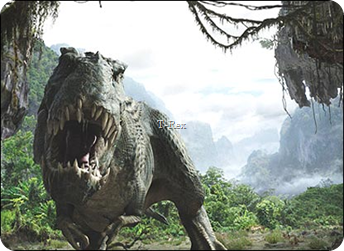
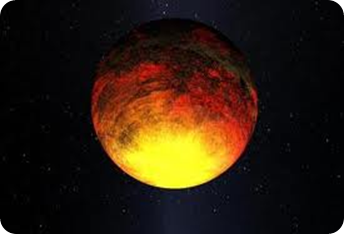
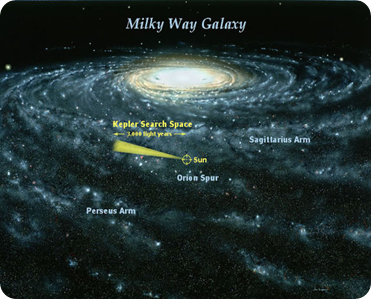






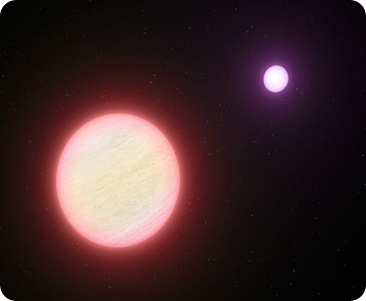

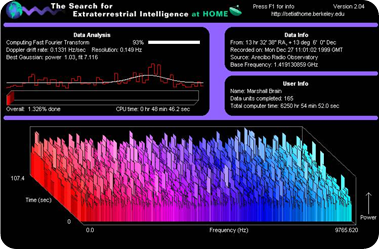
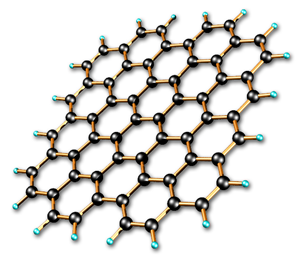


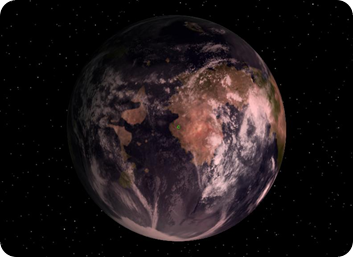




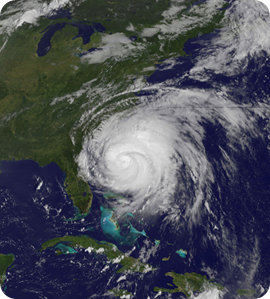

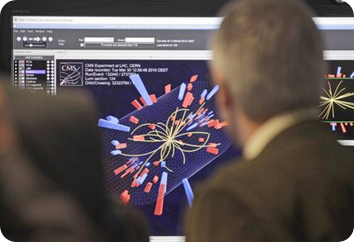




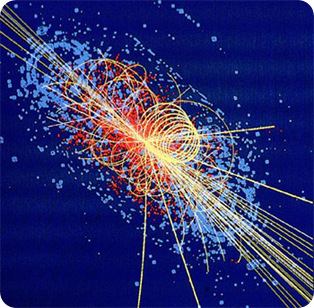

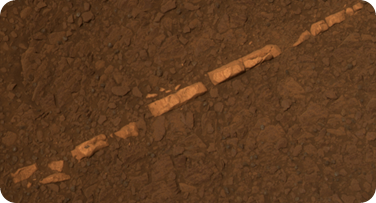
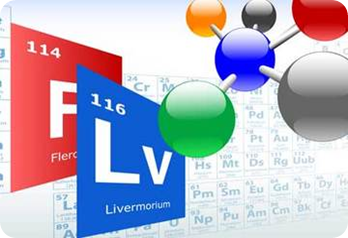
No comments:
Post a Comment
Please adhere to proper blog etiquette when posting your comments. This blog owner will exercise his absolution discretion in allowing or rejecting any comments that are deemed seditious, defamatory, libelous, racist, vulgar, insulting, and other remarks that exhibit similar characteristics. If you insist on using anonymous comments, please write your name or other IDs at the end of your message.